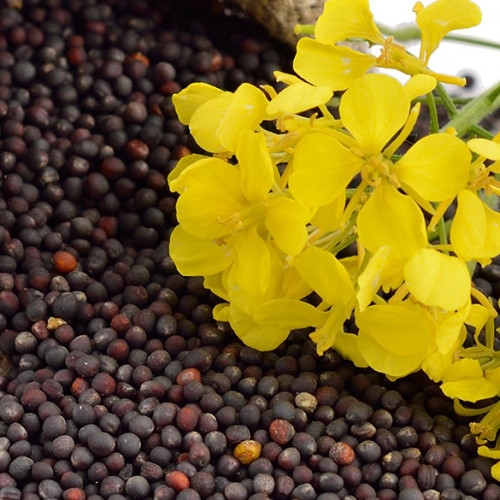Canola prices remain strong in Paris but pressured by falling canola quotes in Canada

Amid a lack of escalation between Iran and Israel, oil prices fell 8.2% for the week, putting pressure on biofuel and vegetable oil prices, although rapeseed prices remained high in Paris.
On Friday at the Paris MATIF, November rape futures rose 1% to €501/t or $544/t (+0.4% for the week, +7.6% for the month), and February - by 1 .2% to €505.75/t (+0.2% for the week, +8% for the month).
November canola futures on the Winnipeg exchange traded at CAD 616/t or $446/t (+4.8% on the month) during the week.
Dry and warm weather in Canada allowed canola harvest to be completed without losses, so crop estimates may be increased.
As a result of the depreciation of the euro and the Canadian dollar against the US dollar, canola prices are already $100/t lower than European canola, which is helping to increase canola supplies from Canada to the EU.
Canada currently accounts for 23% of world production and 47% of global canola exports.
One of the largest markets for Canadian canola remains China. But over the past 4 years, Canada has reduced canola exports and increased processing.
According to the European Commission, in the 2024/25 FY (as of October 12), the EU increased rapeseed imports compared to the corresponding period of the previous season by 12% to 1.57 million tons, of which 70.7% or 1.1 million tons were supplied from Ukraine, 22.5% or 352 thousand tons - from Australia, and there have been no deliveries from Canada yet.
In Ukraine, export purchase prices for rapeseed in the ports of the Black Sea increased by UAH 200-300/t during the week to UAH 23,900-24,200/t or $500-510/t, but the volume of offers is decreasing, so traders may stop purchases due to the inability to form large batch, which will reduce purchase prices.
As of October 14, 1 million ha or 91% of the planned area was sown with winter rapeseed in Ukraine (1.1 million ha for the same period last year), but the lack of precipitation and a drop in temperature in the coming weeks will negatively affect the development of crops.


